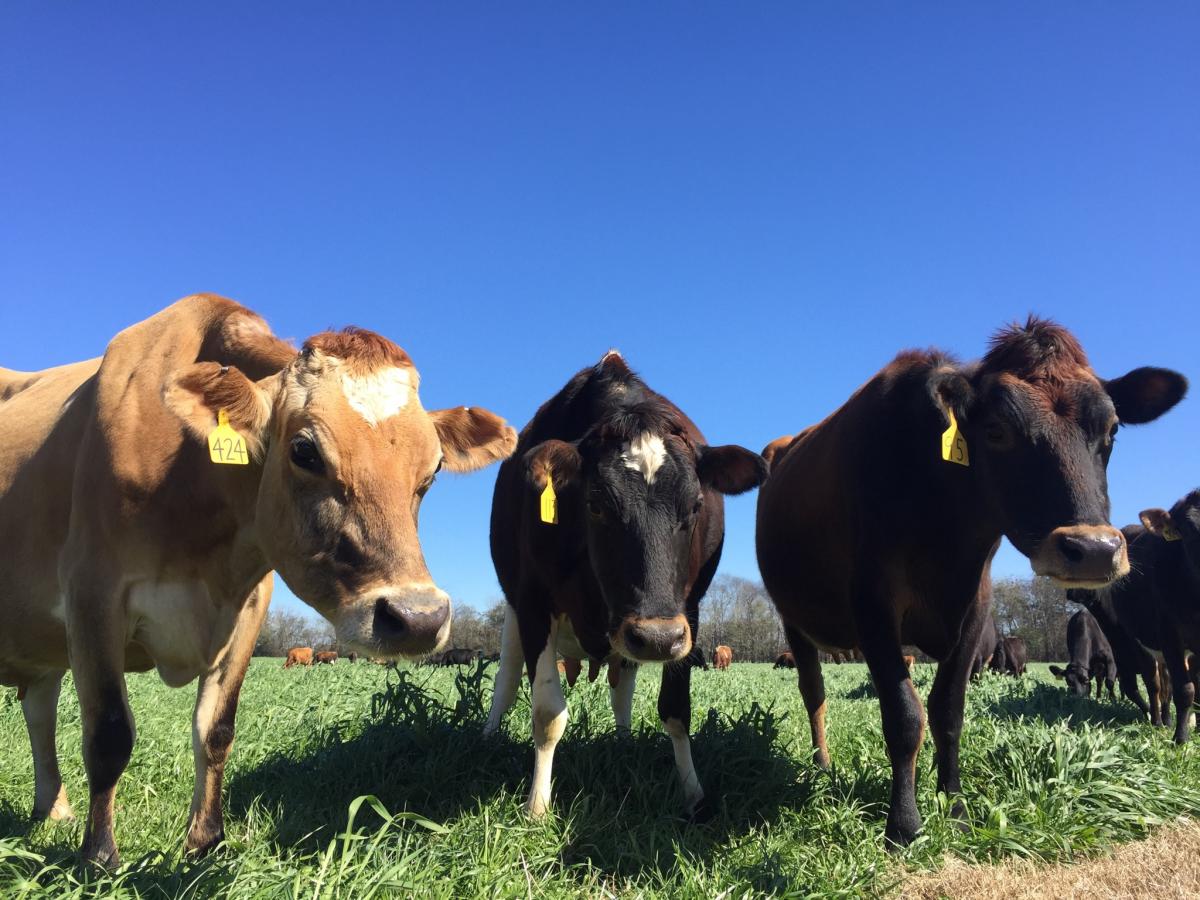Dairy Farmers May Lose Air Emissions Reporting Exemption
May 8, 2017
 An appeals court ruling last month could significantly expand the air emissions reporting requirements imposed on animal agriculture operations across the nation, if the court’s decision is not challenged. NMPF is working with federal regulators to assess and mitigate the problems that may arise from the April 11 ruling, in which the United States Court of Appeals for the District of Columbia removed a long-standing exemption for dairy and other livestock operations from two federal laws requiring reporting any air emissions associated with animal manure.
An appeals court ruling last month could significantly expand the air emissions reporting requirements imposed on animal agriculture operations across the nation, if the court’s decision is not challenged. NMPF is working with federal regulators to assess and mitigate the problems that may arise from the April 11 ruling, in which the United States Court of Appeals for the District of Columbia removed a long-standing exemption for dairy and other livestock operations from two federal laws requiring reporting any air emissions associated with animal manure.
Back in 2008, the U.S. Environmental Protection Agency (EPA) issued a final rule that exempted most farms from the Comprehensive Environmental Response, Compensation and Liability Act of 1980 (CERCLA) and the Emergency Planning and Community Right-to-Know Act of 1986 (EPCRA) reporting requirements for air releases from animal waste. Both rules were originally created to address accidental hazardous air emission emergencies. Initially, EPA did not hold that these measures warranted the inclusion of animal agriculture operations, but the recent appeals court ruling said EPA cannot simply ignore a statute because the reporting requirements “aren’t worth the trouble.” The final rule required CAFOs to continue reporting air emissions under EPCRA, but not under CERCLA; smaller farms were exempted from both rules.
The exemption from CERCLA notifications applied to the general release into the air of hazardous substances from animal waste (on dairy farms, this includes ammonia and hydrogen sulfide). The exemption from EPCRA notifications applied only to air releases of hazardous substances (on dairy farms, this includes ammonia and hydrogen sulfide) from animal waste on farms below the thresholds specified in the U.S. regulatory code 40 CFR 355.31, and for farms that are not confined. With respect to dairy, the reporting size threshold was 700 mature dairy cows, milked or dry.
EPA has not clarified the requirements for reporting in response to the court decision, nor has it revealed its intention to file an appeal. NMPF and other agriculture groups have conveyed to EPA the gravity of the situation and the short timeline to act. If the decision stands, CAFOs and smaller farms that exceed the daily reportable quantity (RQ) of 100 pounds per day of air emissions of either ammonia or hydrogen sulfide could have to file the required notifications. NMPF estimates that farms with as few as 250 cows could be required to report. The court will not release its mandate to vacate the exemption until the time to appeal has run out around May 26 (45 days from the decision).
NMPF and other animal agriculture associations are discussing all short-term options, which include appealing the decision or securing a regulatory fix from EPA, as substantive discussions with EPA begin. Discussions with Congress about a legislative intervention as a long-term solution also are underway. For now, dairy producers should not take any action until the best course of action has been determined. For further information, please contact Clay Detlefsen at or Jamie Jonker.






